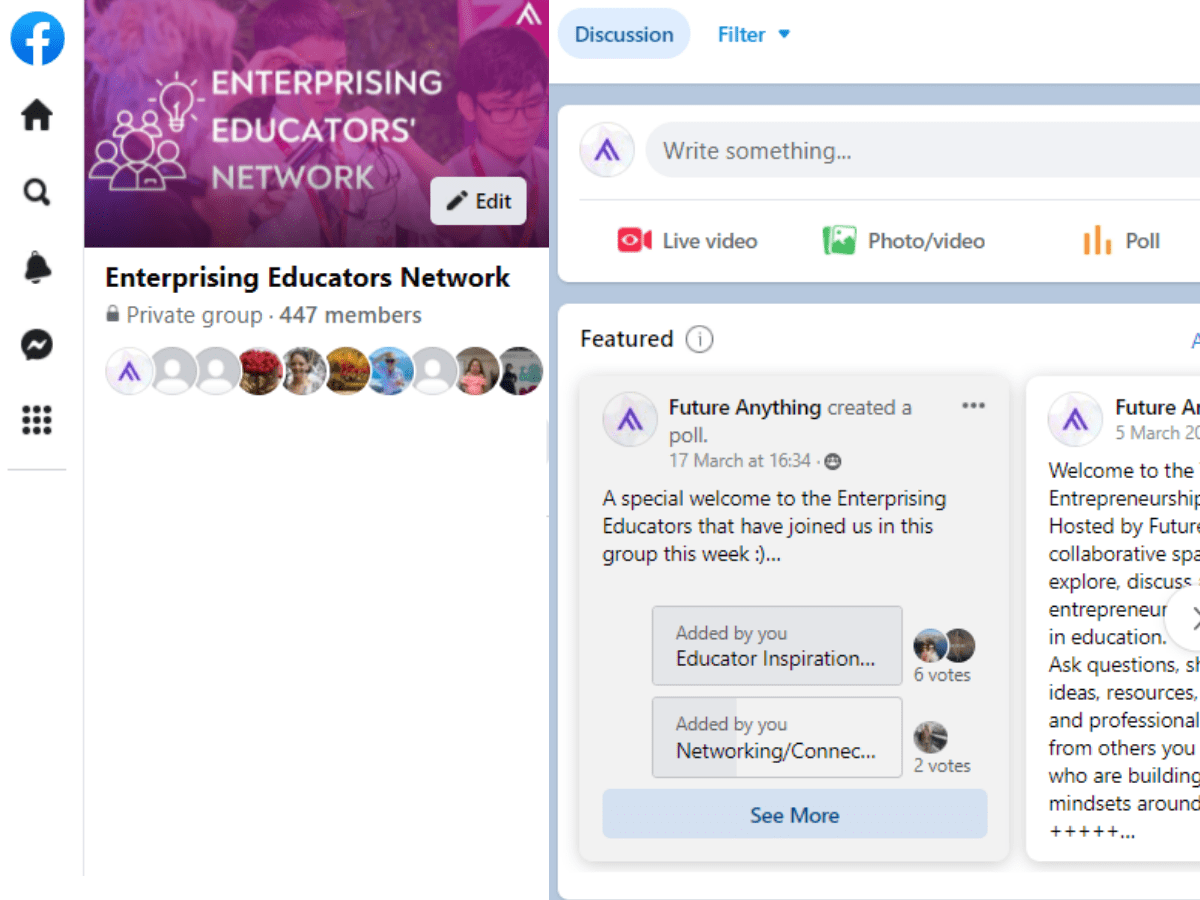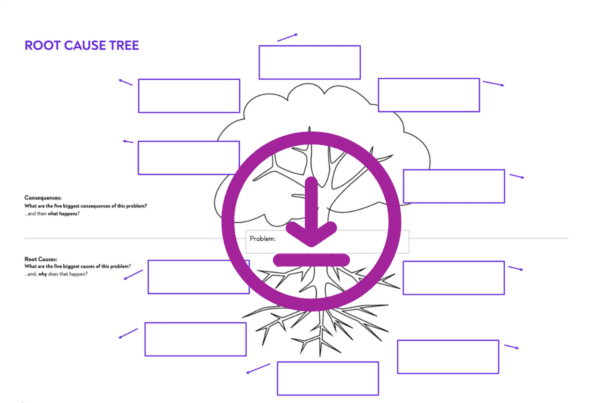When
- Lesson plan
Enterprise Skills
- Critical Thinking
Who
- Primary (Years 3-6)
Time
- 60 minutes
Resources
- Internet enabled device for students
STARTER
Show the video Curious Garden by Peter Brown or Hey Wall by Susan Verde (These are recorded stories).
Discuss how the community worked together to do something for their shared space. (In the Curious Garden a community garden was created and in Hey Wall a community artwork/art space was created).
Discuss with students:
– How did the characters in the story make their community better?
– What examples do you know of people having a similar positive impact on their community?
ACTIVITY 1
WHAT IS A COMMUNITY?
Start by sharing the following definition of community: A community is a group of people who have something in common. This may be living or working in the same area, a shared history or beliefs or interests.
Ask students to write down any communities they or their family belong to, such as sports teams, environment clubs, and religious or cultural organisations. You can model this for your students before they begin.
Ask students to share some of their communities and why they like being a part of them. Write these up on the board as the students share them and discuss any similarities/differences in reasons for joining or participating in a community group. Discuss with the class some of the reasons, for example:
• to help others
• to improve my community
• it is enjoyable to be in a group with others who like the same things that I like
ACTIVITY 2
WHY BE A VOLUNTEER?
Explain to students that one way people can contribute to their community is by volunteering. View the video: Why be a Volunteer? and have students complete the Why be a volunteer? Worksheet.
Discuss the importance of volunteering and the difference it could make to the local, national and international communities.
Journal Task: If you were going to volunteer in your community, what would you do and why?
LEVEL UP
Investigate some of the cultural organisations in your local area. These might be linked to First Nations groups, migrant communities, religious organisations or similar.
Have students research this history of this organisation, their key personnel, goals, and what events or services they provide. You may want to encourage students to interview members of this organisation to find out why they participate and what makes them feel like they belong in these groups.
About this Lesson Plan
This lesson plan was developed as part of the Future Anything’s award-winning Activate program, which empowers educators to build enterprising mindsets in every classroom.
What are your best ideas for having students engage with your local community?
Want to take this conversation further with like-minded educators?
Join our Enterprising Educators’ Network on Facebook. This is a collaborative space to share, explore, discuss and unpack all things enterprising thinking and future capabilities in education.
Here at Future Anything, we deliver staff professional development, student workshops and in-curriculum programs designed to support schools to deliver future-ready teaching and learning.
Get in touch and tell us a little more your school, and what you’re trying to achieve. We’ll work with you to find the best Future Anything enterprising thinking program to meet the needs of your educators and young people.






